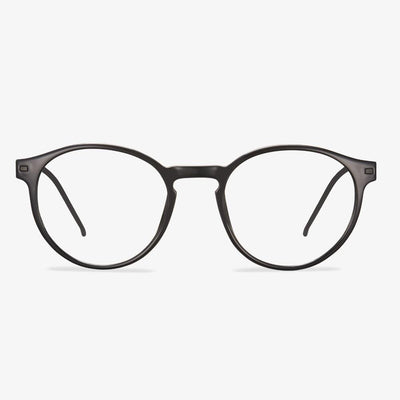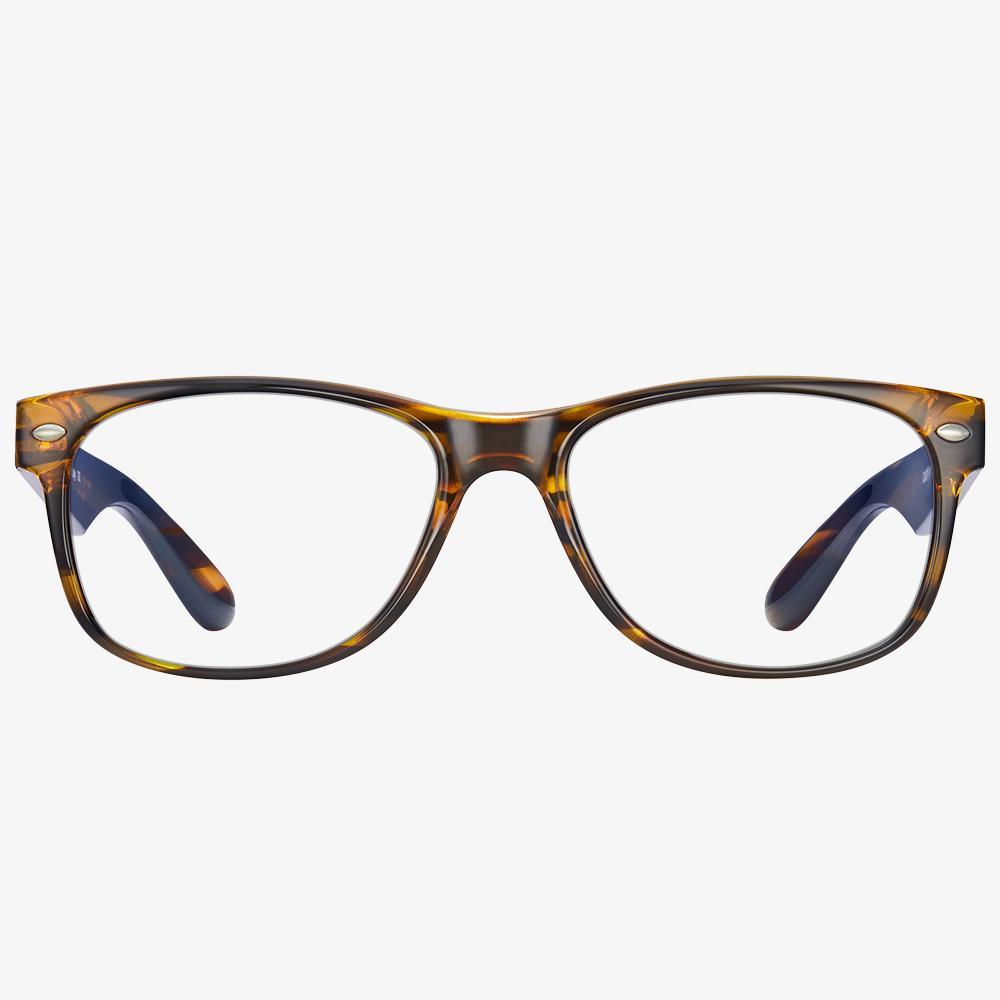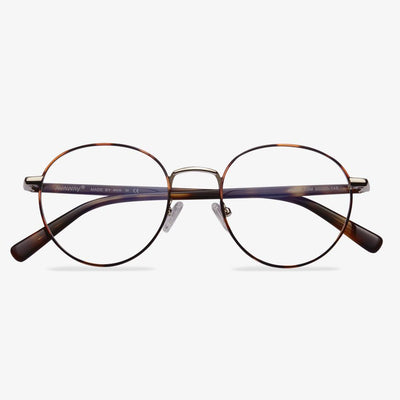Testing of aspheric lens
The optical axis of the optical center just overlaps with the visual axis of the eye, which is the most ideal state. Because the light from the edge cannot form a focus on the optical axis, when the optical axis does not overlap with the visual axis (the difference is greater than 2mm), such unclear and scattered imaging results will occur. When choosing frames and aspheric lenses, you need to ensure that they fit correctly, to achieve the best visual and decorative effects. Simply put, due to the special design of the lens, we found through a calculation that the optical center should move down 1mm higher than the pupil for every 2° increase in front inclination angle. Otherwise, the wrong pupil height will cause the lens to look like astigmatism, and cause discomfort. For glasses with aspheric lenses, there must be an inclination angle after wearing. The specific angle varies from person to person.
Be careful to choose driving sunglasses.
Many people take it for granted that the darker the color, the better its UV protection. The function of filter the ultraviolet ray of the sunglasses is concerned with the film of plating only. Especially for long-distance drivers, wearing sunglasses that are too dark can make eyes more tired. And entering dark areas such as tunnels from the strong sun is more dangerous.
Some drivers are slightly myopic, but when they wear sunglasses, there's a problem: their eyes are more likely to tire and the vision can deteriorate, just like driving at night. So, if the slightly myopic drivers want to wear sunglasses, they must be equipped with a myopic degree of the lens.
The role of the driving glasses
Good driving glasses can be very good to block high energy light, in the evening they can let more faint light enter into our eyes, really solving the problem of only blocking the light and not blocking the road. They have very good night vision function, and can better eliminate glare, better improve the vision of the driver. The driver can drive safely day and night. Strong sunlight improves visual clarity. They are special driving glasses and can brighten polarized light and improve driving safety. With unisex style, high-definition vision, comfort, and light. It can be used on rainy and foggy days and can be used by myopic people. It can effectively filter strong light and high beam lamps, and the long-term use makes you not tired. Both rainy and cloudy days can improve visual clarity. It can effectively prevent strong light, ultraviolet light, and glare is durable and can solve the problem.
Problems you may encounter when wearing your glasses.
The glasses are too tight. They clamp to the temple. Glasses slip easily. Too long or too short at the bend, and there are too small contact areas of the nose pad. Glasses are too far from the eye, and the lenses are crooked or asymmetrical. These are some of the problems you may encounter when wearing glasses.
Why do glasses with the same prescription feel different?
The style of the frame has changed. The structure of the new glasses and the old glasses (half-frame, rimless, full-frame) may be different, and the angle of the glasses may also be different, which will cause visual differences and the symptoms of dizziness after wearing the new glasses. If you used to wear rimless glasses or half-rim glasses before and switch to full-frame glasses, you will feel that his field of view is limited and you will feel a little uncomfortable when you see the edge of the frame. If you wear full-frame glasses before, you will feel the edge of the lens when you change to half-rim glasses. It's too bright to adapt. There is another situation, changing from a frame with a nose pad to a frame without nose pads. Because the distance between the lens and the eye has changed, the position of the nose pad has also changed, which directly affects the relative position of the optical center and the pupil, as well as the distance from the back vertex of the lens to the cornea, which naturally affects the visual difference. In this case, you can fine-tune the nose pads, or after a short-term adaptation, you can generally return to normal.
Normally, opticians do not want to change their original visual habits (to maintain visual continuity) and want to copy a pair of glasses with the same vision. When optometry, they must provide the used old glasses and their optometry record sheet for inspection. With personnel reference. Simply put, comfort is equal to habit. If you want new glasses to wear comfortably, you must keep your original habits. It's not just the reproduction of luminosity. If you don't wear suitable glasses often, you will feel uncomfortable once you wear them.
Why the lens coating is not uniform?
Sometimes we find differences in the color between the convex and concave surfaces, between the center and the edge of the lens, and the anti-reflection effect between the convex and concave surfaces. his is mainly because the lens coating is that it is plated on one surface and then turned over to another surface. And Areas with small curvature changes are easy to coat. So the center of the lens has reached the desired thickness of the film but the edge has not. At the same time, the different curvature of the convex surface and concave surface causes the different coating speed. So the surface of the lens will show green in the center and lavender red or some other color at the edges.
Cheap frames can cause skin irritation.
Some cheap frames may look like more expensive frames. But more often than not, they are made of low-level materials that can cause skin irritation over time. Cheap plastic frames can be bleached by ultraviolet light, leaving the surface rough after months of wear and tear. Cheap metal frames often contain nickel alloy, which can cause skin irritation.


















































